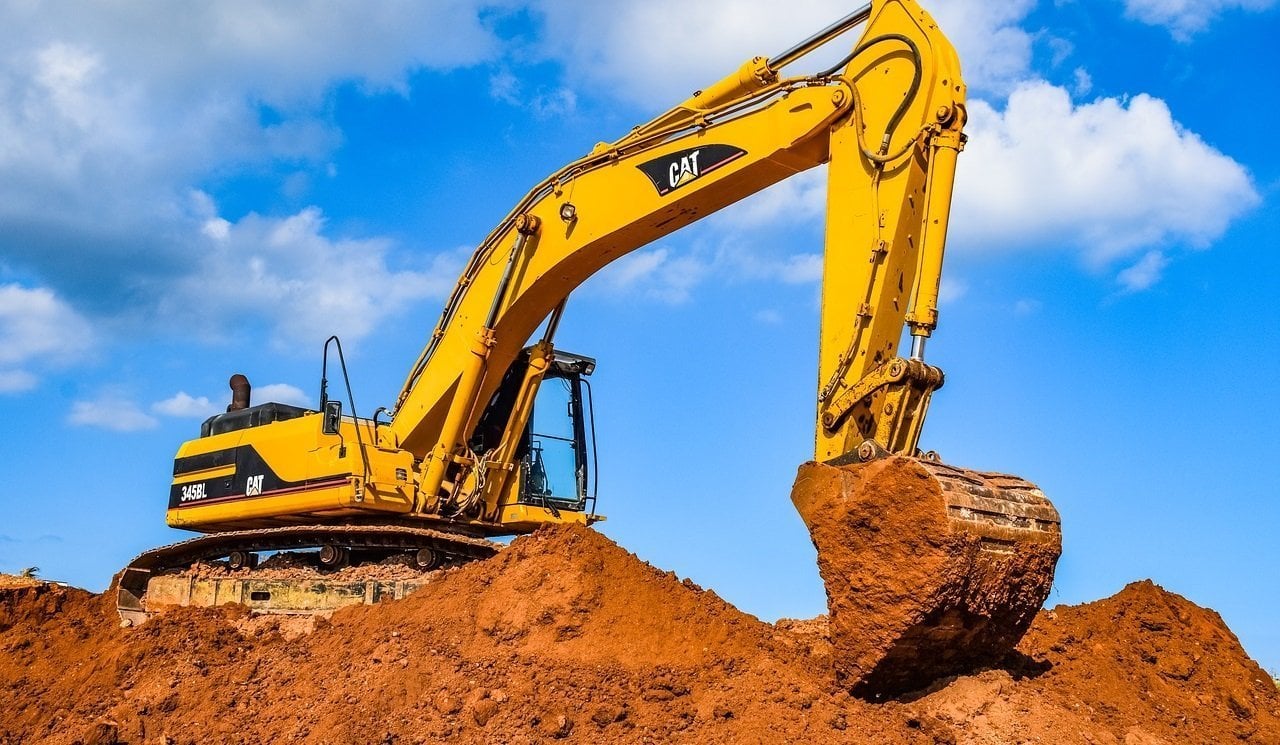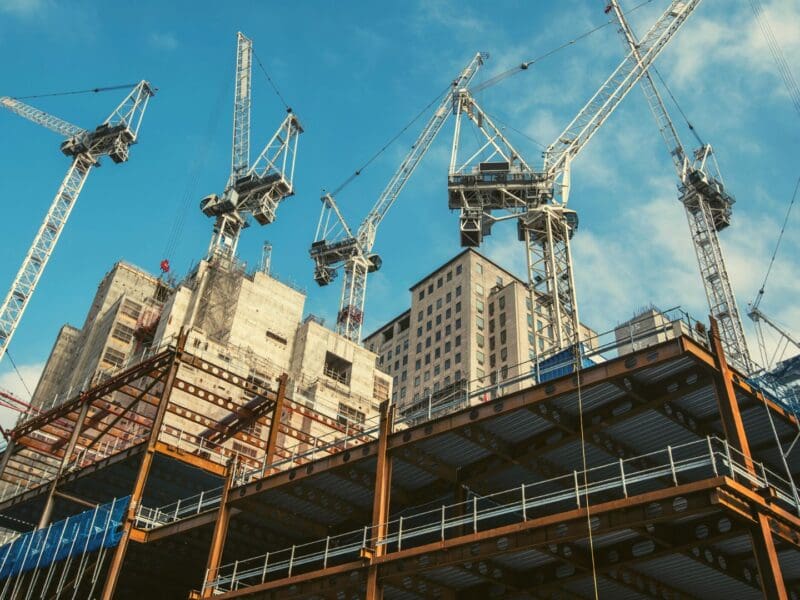
Your Perfect Guide for Choosing Access Equipment for Any Construction Task
When you have a task that requires performing at a height, it’s critical to know what type of equipment will suit your needs to the best capability. That’s because getting the most appropriate work platform equipment for a specific task will affect not only the time taken to complete the job but also the costs spent. As one of the top Auckland access equipment hire providers, Universal Access and Equipment Hire understand the questions you should ask when looking for access equipment hire provider and topair systems.
These pieces of equipment come in all types of features that suit specific jobs at height and can work in different environments and locations. Having the right equipment available ensures the efficiency and safety of the people tasked with completing the task.
What is the maximum height that you will be working at?
The main reason you are looking to lease access equipment is that you have a task at height that needs to be performed. This means that the most important factor that you need to consider is the job height since the equipment you select is unlikely to be helpful if it is shorter than the required height. Because each access equipment type is designed to reach a certain height safely, it is important to ensure that you choose something that will safely get to the maximum working height.
How Long Will You Be Working From a Height?
Certain types of access equipment aren’t designed for you to use for long periods. Take the various types of the ladder, for example, which are better suited for short term use. If you’re going to be working from a height for long periods, a mobile access tower, trestles and staging would be more appropriate. You’ll have a more comfortable, spacious, and stable platform to work from.
The maximum lift capacity that you will require
What’s the greatest number of people that will be required to work from your work platform simultaneously, and what tools will they be using? These are vital questions that you need to think through and find appropriate answers since they will determine the safety or otherwise of your chosen equipment during operation. Your access equipment must be able to support the weight of everyone needed to work at height at the same time, as well as their tools.
Site-specific considerations
According to the pros at Asheville Contractors, there are certain site-specific considerations that you need to take into account if you are to get the right access equipment. The first of these is the ground condition. For example, if your work platform has a site with weak soil, you should know it may not sufficiently hold the weight of heavy access equipment. You will need to first have soil stabilization done. Similarly, you should never erect a scaffold tower on uneven ground, since it could be unstable to operate from.
And when it comes to choosing the right source of power for your equipment, you will need to consider whether the work will be performed outdoors or outdoors, and whether electricity is available or not.
Are there any obstructions in the site?
There will always come a time when you need to move over or around an obstacle in the course of the work. In that case, experts recommend a boom lift or cherry picker. But in case of obstructions like steelwork, power cables, or trees, it is unlikely that a boom lift will serve you most appropriately as it has a heightened risk of colliding with obstacles that are overhead.

Accessibility and Space Requirements
You also need to take into account space and accessibility requirements. The factors that you need to take seriously here include the amount of space available for installation and setup, whether the site has any restrictions, and whether the height that you need to access is outdoors or indoors.
Types of Access Equipment
Elevated Work Platforms (EWPs)
These are the best access equipment for areas that are hard to reach because they provide greater mobility and extended reach to operate around obstructions on the worksite. EWPs come in various types, which include truck-mounted EWPs, hi-rail EWPs, straight boom EWPs, and knuckle boom EWPs.
Scissor Lifts
Scissor lifts are broadly categorized into two, which are diesel and electric. The two varieties have a few differences that may affect your decision to go for one and not the other based on the type of your project.
In the case of electric scissor lifts, they are powered by hydraulic or pneumatic systems, which are seen as the safer option for operators. Additionally, they also don’t have any emissions. It contains a muffler, which makes it the ideal equipment for an indoor work platform. These types of lifts can go above 12 metres, and they are most suited for lighter loads.
Diesel scissor lifts, on the other hand, are famed for their sturdiness and mobility. Also, they can be used for both indoor and outdoor uses, but are best used on the outside because they are way louder compared to electric scissor lifts.
Spider Lifts
These are a comparatively less popular type of access equipment. They are compact and small, which make them more ideal for indoor work. Featuring a flexible boom arm, these lifts are suitable for certain types of outdoor tasks, for instance, tree removal and lopping. Also, they are great on all-terrain, can work around obstacles easily, and are lightweight.
Hire a Trusted Provider
Any equipment built to specifically work as a secure work platform for those that have to work at height is referred to as access equipment. They come in various types. These include scissor lifts, boom lifts, and scaffolds, to mention but a few. But due to the vastness of the types of this equipment, choosing the most appropriate type can present challenges.
If you want a trusted supplier from which to hire access equipment for tasks that involve working at height, it is important to know the criteria for determining the equipment you should choose.
As someone who has been in the industry for years, you can trust Universal Hire to know the questions to ask. Call us for more information.







